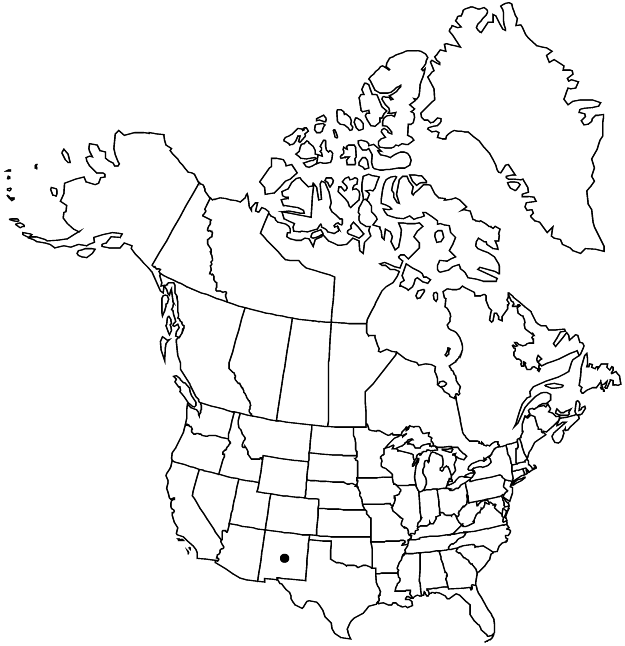Rumex mexicanus
in A. P. de Candolle and A. L. P. P. de Candolle, Prodr. 14: 45. 1856.
Plants perennial, glabrous; with vertical rootstock, occasionally with short, creeping rhizomes. Stems erect or ascending, usually producing axillary shoots below 1st-order inflorescence or at proximal nodes, 30–60 (–90) cm. Leaf-blades light green to yellowish green, linear-lanceolate, occasionally lanceolate, 6–14 × 1–3.5 (–4) cm, usually ca. 5–7 times as long as wide, widest near middle, thin, not coriaceous, base cuneate, margins entire, flat or undulate, apex acute or attenuate. Inflorescences terminal and axillary, terminal usually occupying distal 1/5–1/3 of stem, rather dense or interrupted in proximal 1/2, usually broadly paniculate (branches simple or with few 2d-order branches). Pedicels articulated in proximal 1/3 or almost near base, filiform (thickened distally), 4–7 mm, not more than 2–2.5 times as long as inner tepals, articulation indistinctly swollen. Flowers 10–20 in whorls; inner tepals broadly ovate-triangular, occasionally broadly triangular, 3.5–4.5 (–5) × 3.5–4 (–5) mm, base truncate or indistinctly cordate, margins entire or indistinctly erose, apex obtuse or subacute; tubercles 3, equal or subequal (much narrower than inner tepals). Achenes brown or dark reddish-brown, 2–3 × 1.5–2 mm. 2n = 40.
Phenology: Flowering spring–early summer.
Habitat: Shores of streams and rivers, wet meadows
Elevation: 1000 m
Discussion
Some authors recognize Rumex mexicanus in the broad sense, including in it many other taxa treated here as separate entities. For consistency, the entities of the R. salicifolius aggregate that are recognized herein are kept separate pending additional taxonomic research.
Selected References
None.
Lower Taxa
"/2" is not declared as a valid unit of measurement for this property."+-2.5timesaslongasinnertepals" is not declared as a valid unit of measurement for this property.
